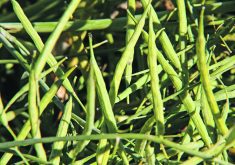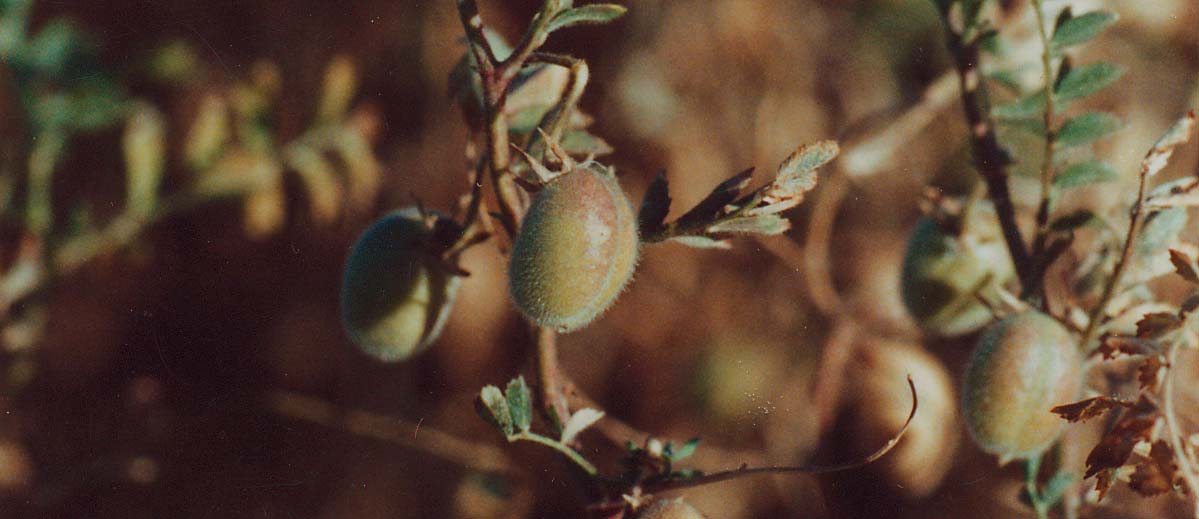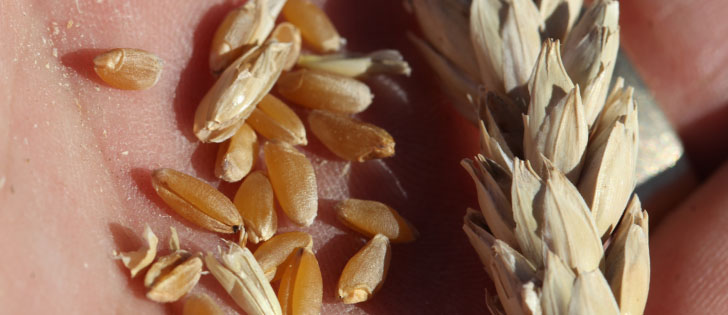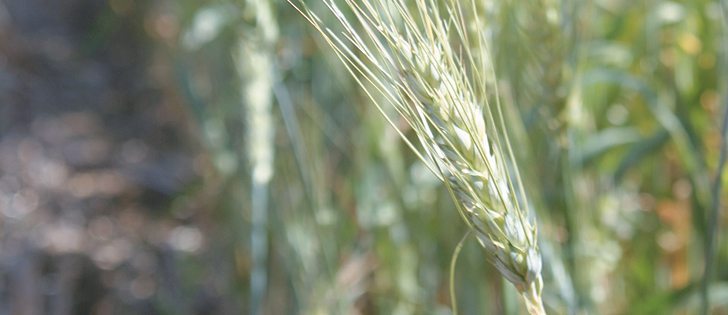There is talk internationally about the challenge of feeding the world’s growing population.
The topic often creates controversy as some argue for high yield genetically modified crops while others say we must eat less meat and promote local food production using fewer chemicals.
Somewhere along the line in this discussion, someone says, “the supply of farmland is running out.”
There is some truth in all the arguments, but rarely in all the hand wringing does anyone consider the growing production capacity of the former Soviet Union.
Read Also
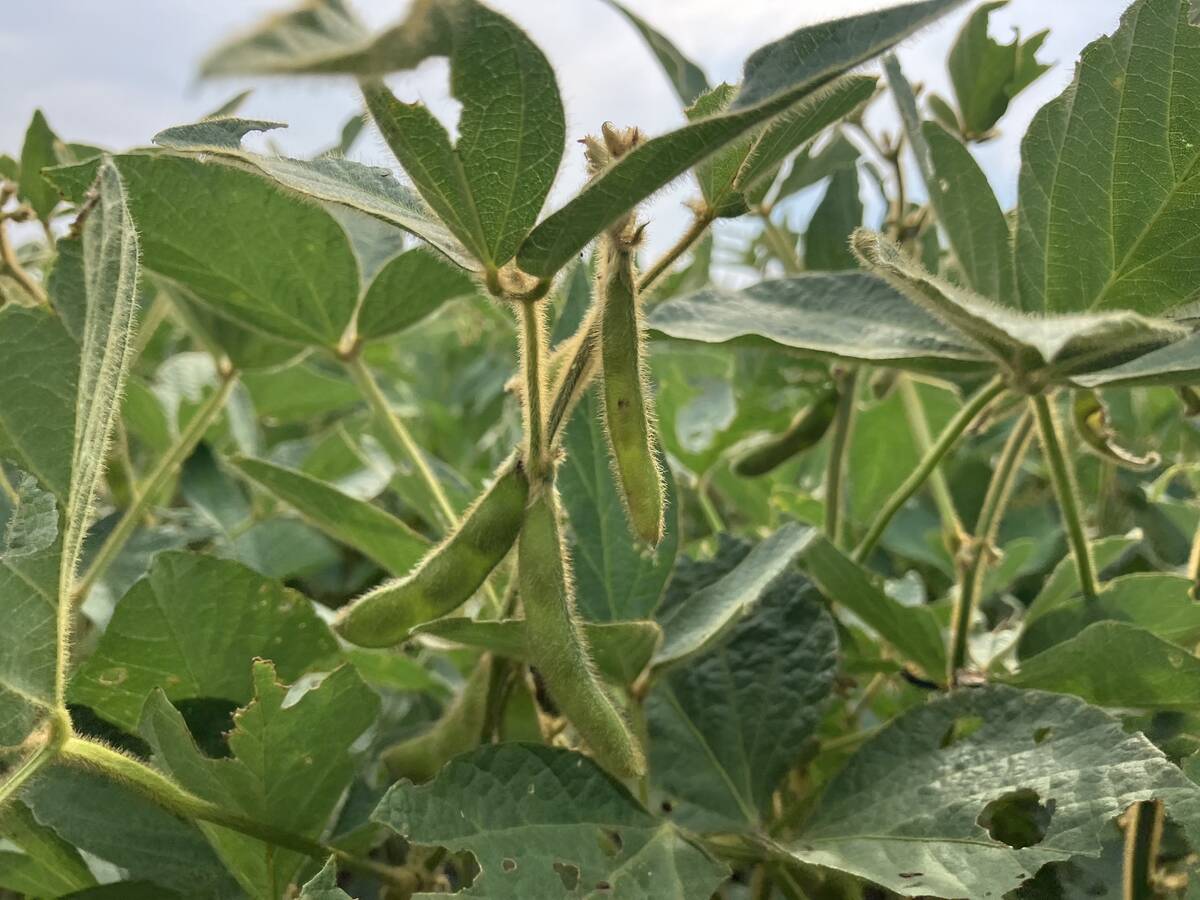
Soybean market still figuring out implications of China-U.S. pact
Soybean futures had a muted reaction to the U.S. trade deal with China as the market tries to figure out the nuances of the deal.
Ten years ago, the 12 countries in the region, including Russia, Ukraine, Kazakhstan, Uzbekistan and others, produced a little more than 63 million tonnes of wheat and exported less than five million tonnes.
Last year they produced 115.6 million tonnes and exported 37.7 million tonnes.
This year, production is slightly less at 110.9 million tonnes and exports are forecast at almost 35 million tonnes, a seven-fold increase in 10 years.
By comparison, the Canadian Wheat Board expects to export 12.5 million tonnes of wheat this year, plus 3.5 million tonnes of durum.
A lot of the former Soviet countries’ grain is exported from Black Sea ports. The region has become known as the bargain bin of the global grain market.
Luckily, they don’t grow quality wheat and their production is erratic. However, they have depressed the low end of the world wheat market.
Weather can be fickle there, as it is in Canada, but production variability is made worse there by use of inferior seed and inputs.
Wheat yields even in Ukraine, one of the region’s better producers, are often half those of the European Union and are far more erratic than their western neighbours.
With more inputs and better technology, the region could produce far more without needing to expand acreage.
The export market is not the goal of all the players. Russia, which became a big meat importer after the fall of communism, wants to take advantage of its grain production to rebuild livestock herds and become self sufficient in meat.
But generally, the region can produce and export more grain if money is invested to improve technology and give farmers credit.
Food importers with money, like those in the Middle East, have started to invest in the region to guarantee food supplies.
Given this, expect the region to become a permanent and powerful competitor.


